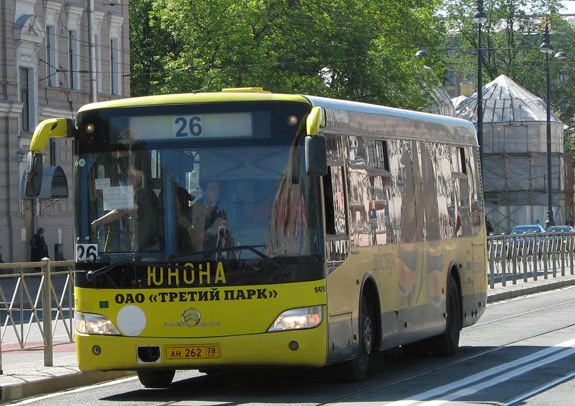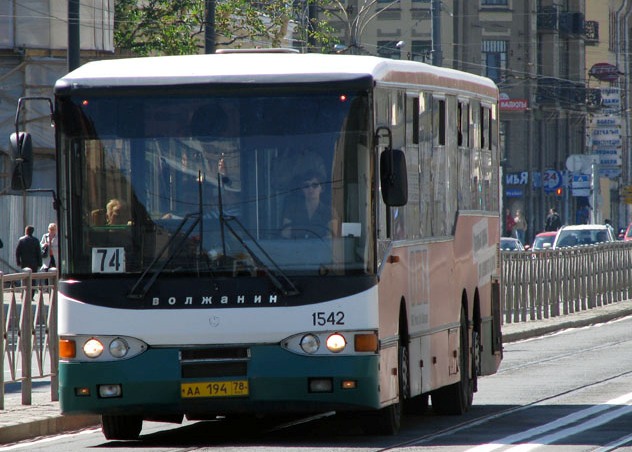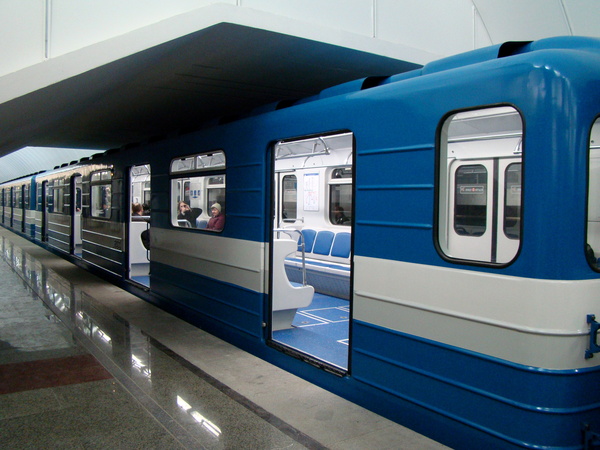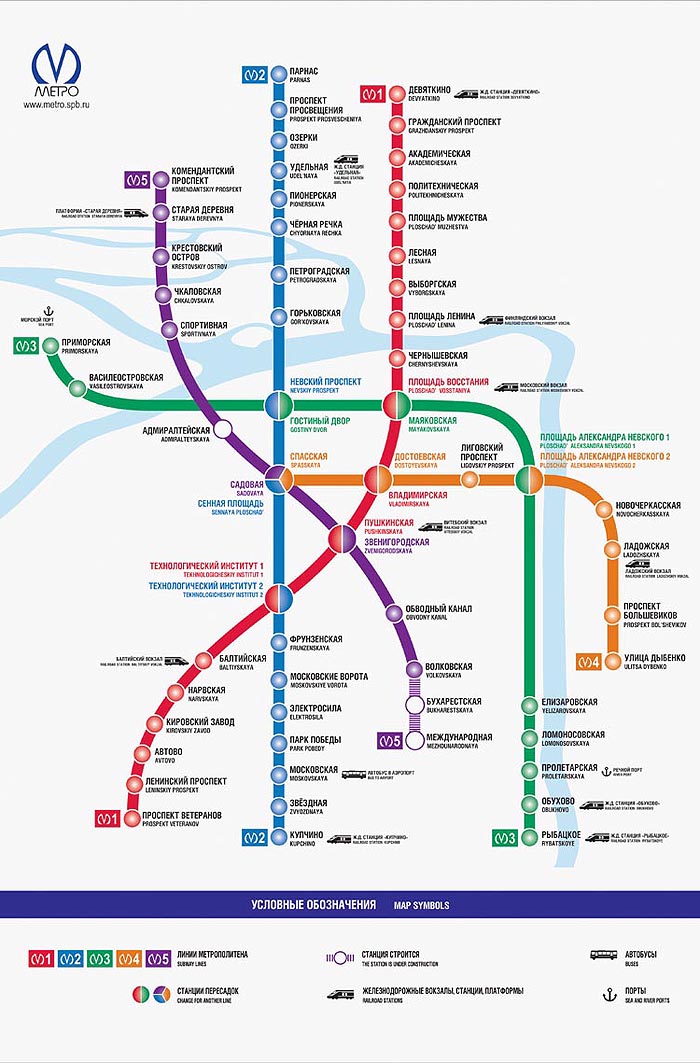
Back to transport system Going to St.Petersburg
| Transport system of Saint Petersburg - Going round the city | |||
| Walking | |||
|---|---|---|---|
 |
Although public transport in the city is efficient and cheap, Petersburg provides the impression of being created for long walks, particularly in the areas around Palace embankment that are awash with numerous majestic buildings and marvelous palaces, so using public transport from place to place in the so-called “Gold-triangle” is pointless. |
||
|
|
While strolling along the embankments, admiring the official residences, or ambling around the Neva during White Nights, or promenading up and down Nevsky prospect, still pay attention to the traffic. If there is an underpass, it is better to use it, if there isn’t – a pedestrian crossing (marked by a special blue sign) is the safest way to get to another side of the street. |
| Trams | |
|---|---|
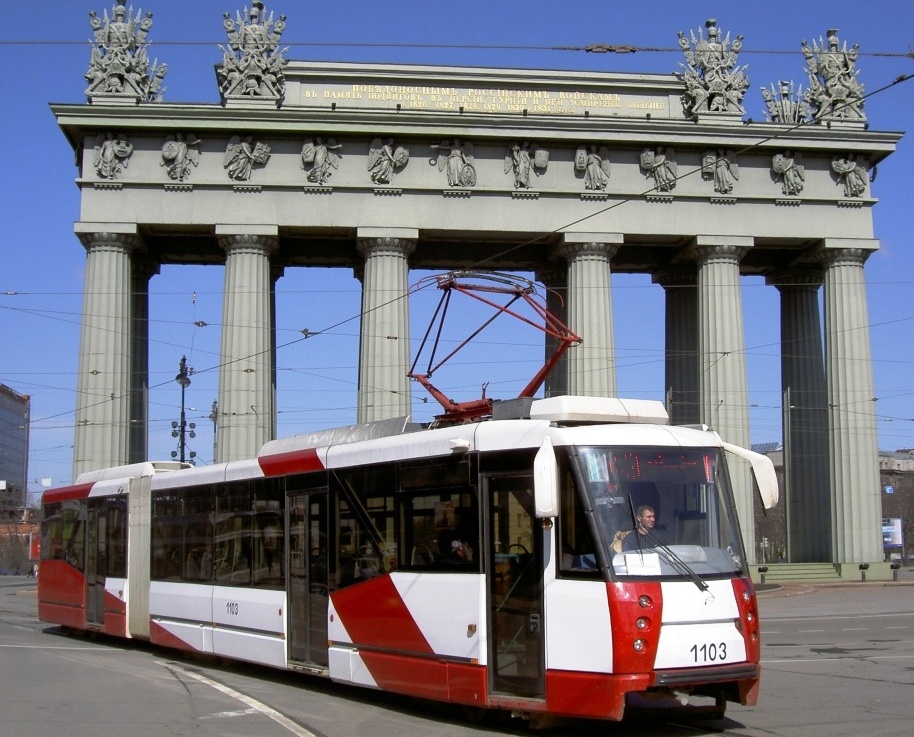 |
Running on a less main-line route across town, trams are not as crowded as any other transport, so you are likely to find a seat there and enjoy the views from the windows. Tram stops are marked by signs above the rails with a letter "T" on them. Since 1998 all trams have conductors wearing special uniform on board, so as soon as you get in, you should pay in cash to a conductor 21 rubles per person, unless you have a monthly pass. |
| Buses | |
|
|
The bus network of St. Petersburg is extensive and consists of several types of buses: regular (non-commercial) buses and mini-buses (marshrutka). Non-commercial buses are frequent enough, but overcrowded particularly in the rush hours, and you are not likely to have a seat in a bus as well as on any other form of public transport during the day. Starting at 5 am, the buses operate until midnight as a rule, running about every 10-15 minutes. As each form of overland transport buses have their own stops marked by a sign “A” with the timetable, which is not strictly observed due to traffic jams. After getting on, the passenger is to pay 21 rubles per person to the conductor and get a ticket which should be kept until getting off, otherwise one may be fined, or show him/her your monthly pass. |
| Mini-bus (Marshrutka) | |
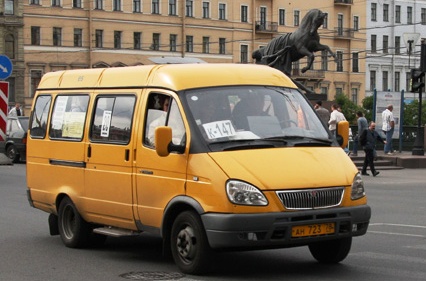 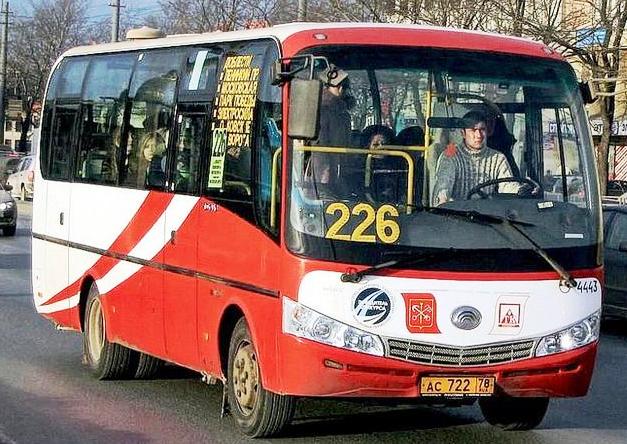 |
If there is no way you can avoid using public transport and you need to get to some distant place in the shortest possible time, you may get in a mini-bus (so-called “marshrutka”) that will quickly take you from one part of the city to another. These maneuvering vehicles, as a rule marked with a “K” before the route number, are frequent and conveniently routed (note, that some mini-buses have the same numbers as the buses and go the same route); besides they can be hailed and requested to stop anywhere. Nevertheless, these buses have proper stations as well as any other means of public transport. To go by marshrutka is more expensive that by the regular one – fares might be 30-35 rubles without taking into account the number of stops and are paid to the driver directly when getting on the bus. |
| Trolleybuses | |
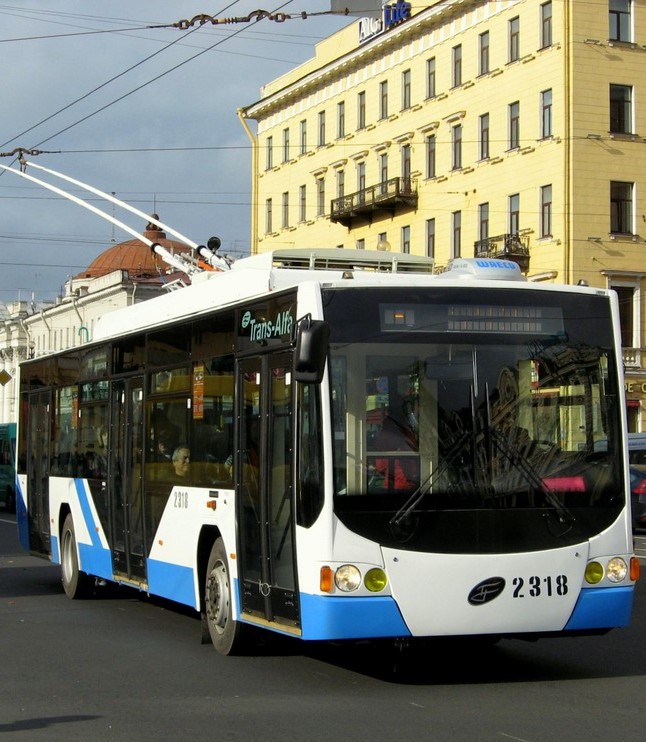 |
Offering convenient routes and stops around the city, trolleybuses are the most environmentally-friendly public transport in St.Petersburg since they are essentially electric buses that get power from electric wires. Trolleybus stops are marked by signs with a letter "T and the trolleybus numbers. Working as a rule from 6:00 until 24:00, trolleybuses don't go strictly on the schedule, and the average waiting time can be from 5 to 40 minutes in the evenings due to the traffic jams on the main avenues. On getting in, one should either show a monthly pass to a conductor or pay in cash 21 rubles per person for a ticket. |
| Taxi | |
 |
As well as in any other city, there are taxis in Petersburg, although not in the same quantity as in New York or London, since citizens consider this means of transport to be quite expensive and prefer to thumb a lift (which is not recommended to foreigners). Before getting in, name your destination and discuss the price before starting a trip. In some areas official taxis are not readily available, so one should book a car by phone. |
| Metro | |

|
Opened on November 15, 1955, the most efficient means of getting around the city, the metro network comprises five lines with an average of 1.9 km (1.19 miles) between its 62 stations. Being quite safe and operating until after midnight, with metro lines stretching from the outskirts through the center and trains running every few minutes, metro is considered to be the most convenient way to get to the place of destination. To enter the metro, one should have either a token (zheton) and to place it in the entry gate or a plastic card which should be placed on the top of the entry gate. When the card or a token is accepted, walk through. Both tokens and cards (valid for seven, ten or more trips or for a certain period) are purchased only from metro stations, which are situated as a rule in a separate building and marked with a big letter M of a blue colour. In each metro station one can easily find a map of metro network. The metro is opened from 5.45 a.m. to 0.15 a.m. Usually the last train in the line starts its way at 0.00 and the passes between the stations are closed at 0.15 a.m. When there're rush hours 8.00-9.00, 17.00-19.00 the metro is overcrowded so it's better to avoid it. |
| Boats and hydrofoils | |
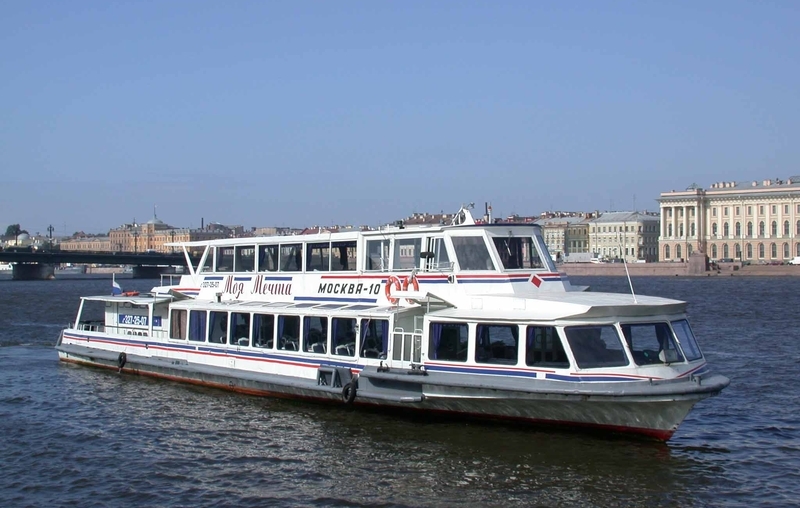  |
The most romantic way to explore the city and to appreciate the fascinating architectural ensemble of St.Petersburg, is to have a tour along the rivers and canals on a small boat or on a large covered cruise boast. Tickets for a wide selection of cruisers, for small and large groups, in open and closed boats, departing from bridges along Nevsky prospect, are to be purchased from the kiosks on the embankments. A boat would take you along the inland waterways, and if going on the night tour, you will have a chance to enjoy the views of drawn bridges. Hydrofoils, operating every half an hour from June to October, are the most enjoyable way to get to Peterhof from St.Petersburg. |
|
Copyright © 2004-2005 Palytra Travel
All rights reserved |
Website development |



